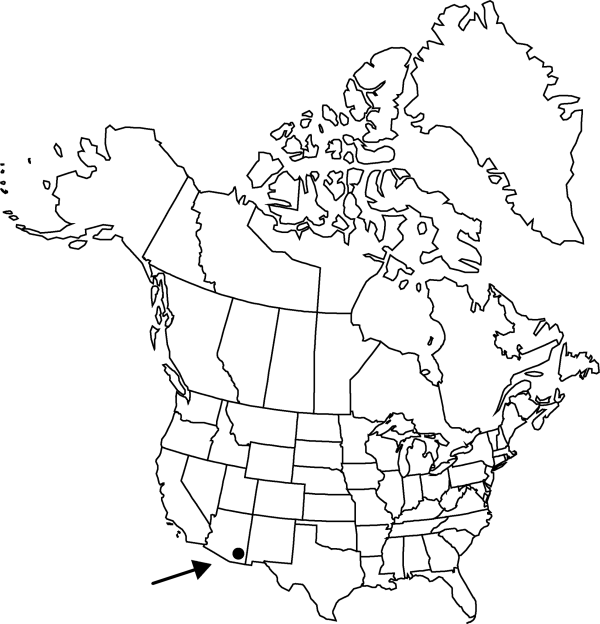Echinomastus erectocentrus var. erectocentrus
Stems 5–34.5 × 6.3–10 cm; ribs 18–21; areoles 8–14 mm apart along ribs. Spines 14–19 per areole, purplish; radial spines 13–18 per areole; abaxial (shortest) radial spine 6–15 × 0.3–0.5 mm; adaxial and lateral (longest) radial spines 9–25 mm; central spines erect, 1 (–2) per areole, 12–29 × 0.4–0.9 mm, longest adaxial central spine straight or sometimes curved toward apex of plant; abaxial or solitary central spine 13–15 (–29) mm. Flowers 3.9–7 × 4.4–5.2 cm; inner tepals whitish, pale lavender, or very pale-pink, proximally olive green, 2.5–2.7 × 0.6–1 cm; stigma lobes red to dark red, papillae red. 2n = 22.
Habitat: Desert grasslands, low gravelly hills and bajadas, igneous and calcareous substrates
Elevation: 900-1500 m
Discussion
Echinomastus erectocentrus var. erectocentrus is in the Center for Plant Conservation’s National Collection of Endangered Plants.
Selected References
None.
